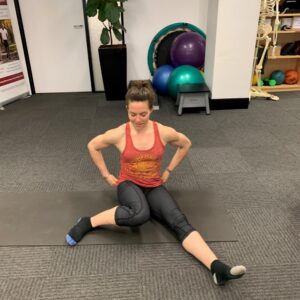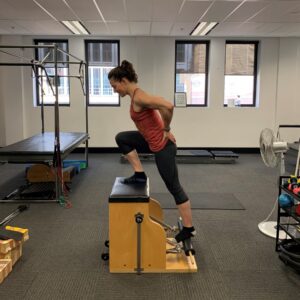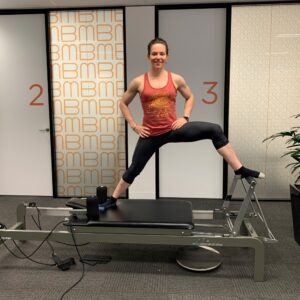Most climbers understand the need for strong, robust fingers to improve their climbing, prevent injuries and send their next project. Hangboard training, strengthening and campus drills are mainstay in climbing gyms and for good reason.
However as strong as we might be in our fingers, no one (except maybe Alex Megos), can campus their way up a project. As we push into harder grades, technique and being able to use our whole body to take load off our fingers becomes key to avoid excessive pump and ticking our project.
Climbing is a whole-body experience and moves like a drop knee, heel hook, stemming, or high step are techniques that require hip mobility and strength. Training the hip for these movements should be part of any complete climbing training program. Too many climbers have been injured from a strong heel hook on ill prepare hamstrings to ignore these crucial drills.
To prevent these climbing injuries our climbing physio has demonstrated a few exercises climbers can build into the program for hips that won’t quit on the wall.
The drop knee involves putting weight on the outside of one foot with the hip rotating into the wall creating torque though the knee. This move demands strong hip internal rotation to avoid over-loading the knee and keeping the pressure in the hips. Seated control hip rotation is a great way to start working into range with control.
The high step is a crucial to reach those hard to grab holds. It requires powerful hip flexors to bring the knee up to the hold and single leg strength to push off. Passive stretching your hips is all fine and dandy if you are lying on the ground but when you’re fatigued on desperate crimps you want the confidence and strength to actively lift knee and reach that crucial footer.
This climbing rehab exercise on the Wunda Chair replicates the range and strength needed to place a foot carefully, rock over and reach the next hold.
Wide stemming between two holds can look like just great flexibility, but our hip abductors need to be strong to keep our bodies pressed into the wall
This climbing specific exercise on the Pilates reformers provides resistance so you can slowly work into deep range of motion and strengthen your hips in that position. It can be varied with different levels of resistance and leg position to work both insides and outsides of legs.
Great hip mobility allows us the freedom to move with flow up the wall. As a climber I’ve found incorporating Pilates with a focus on hip mobility has opened up moves and skill that was previously shut off due to physical limitations. Better range and strength in my hips has allowed me to rest in new positions before attempting the crux and use my hip strength in better ways to take load off my hands on steep terrain. Come on in to get assessed by your climbing physio to determine what drills will best suit your climbing goals.








